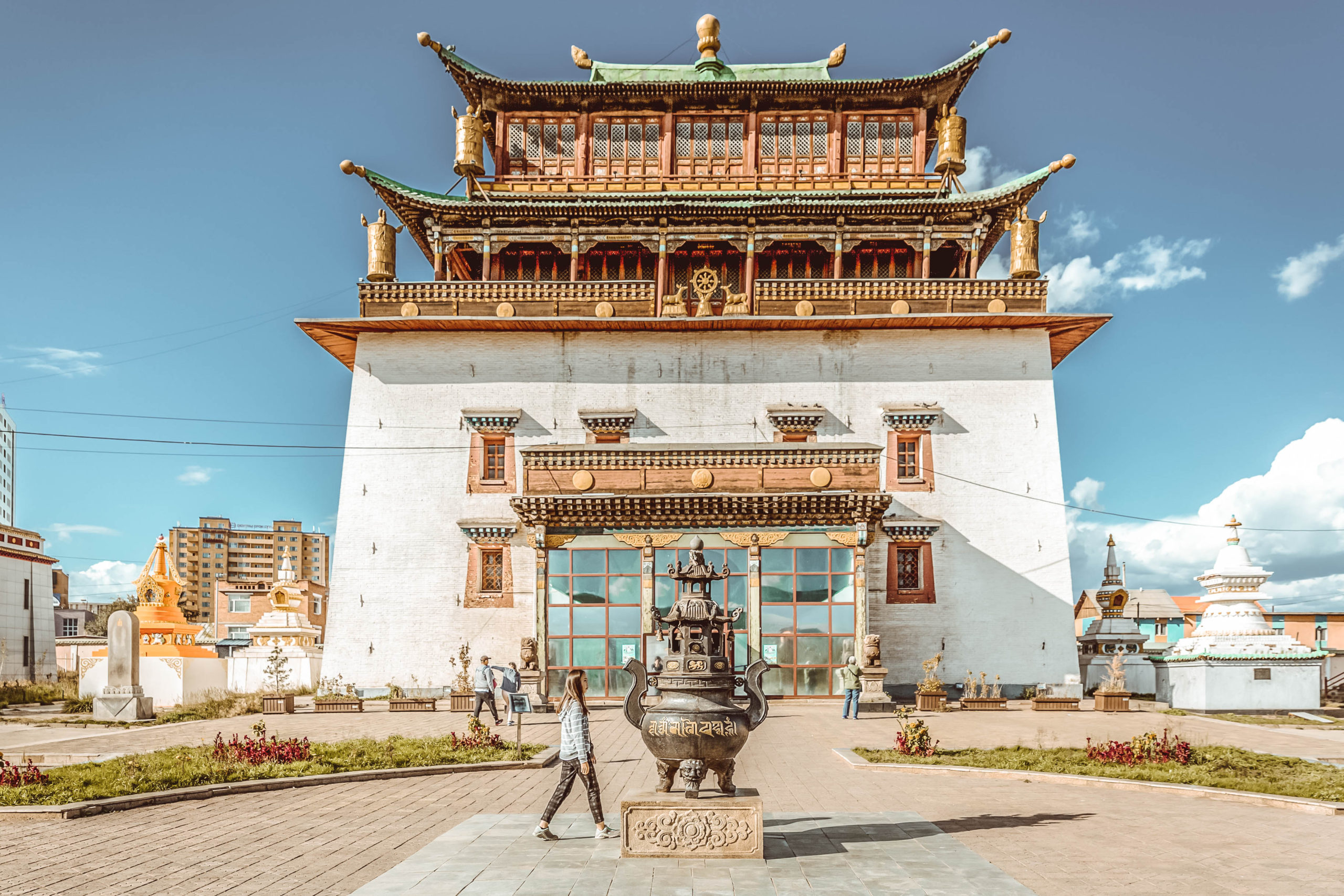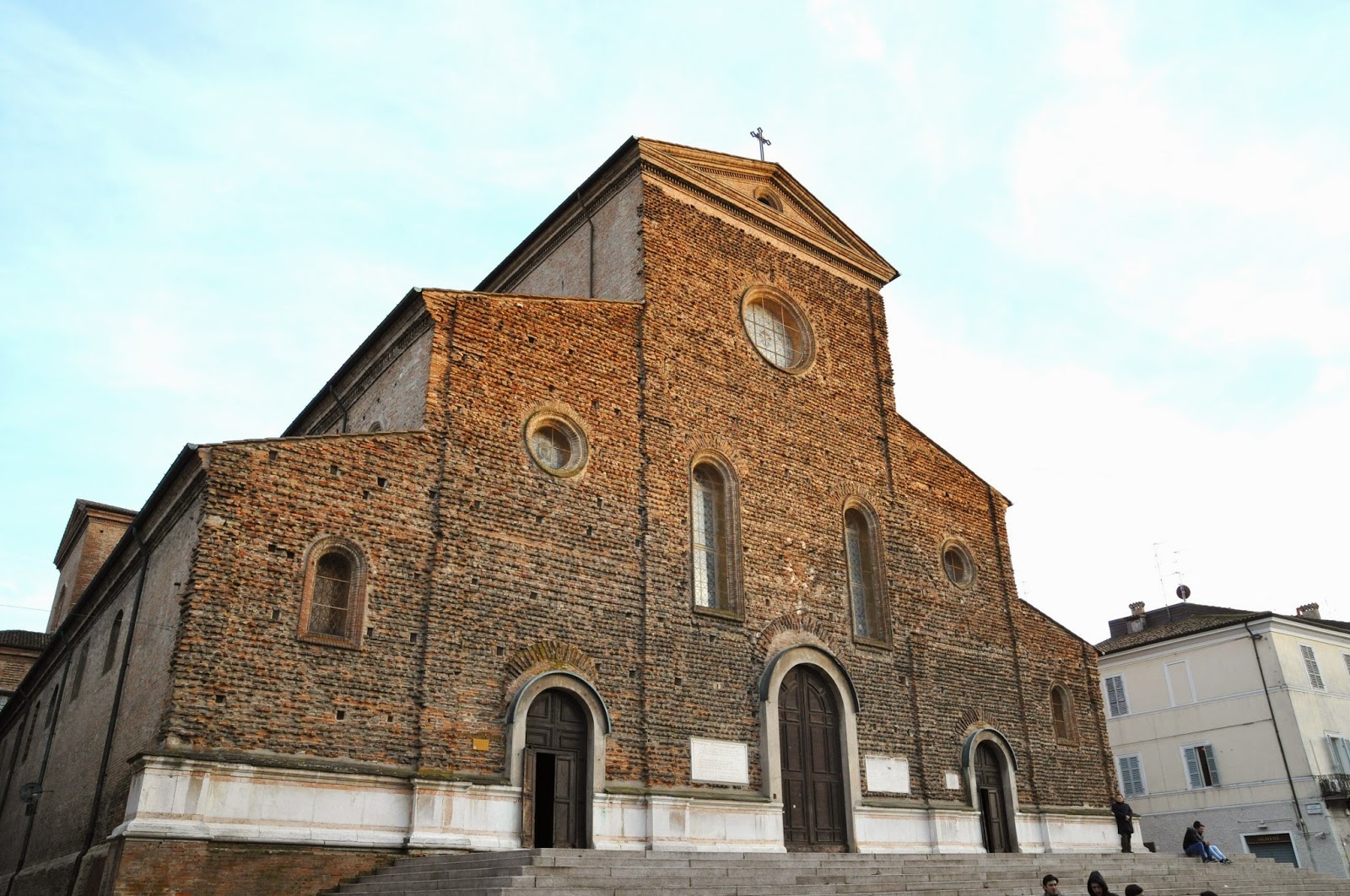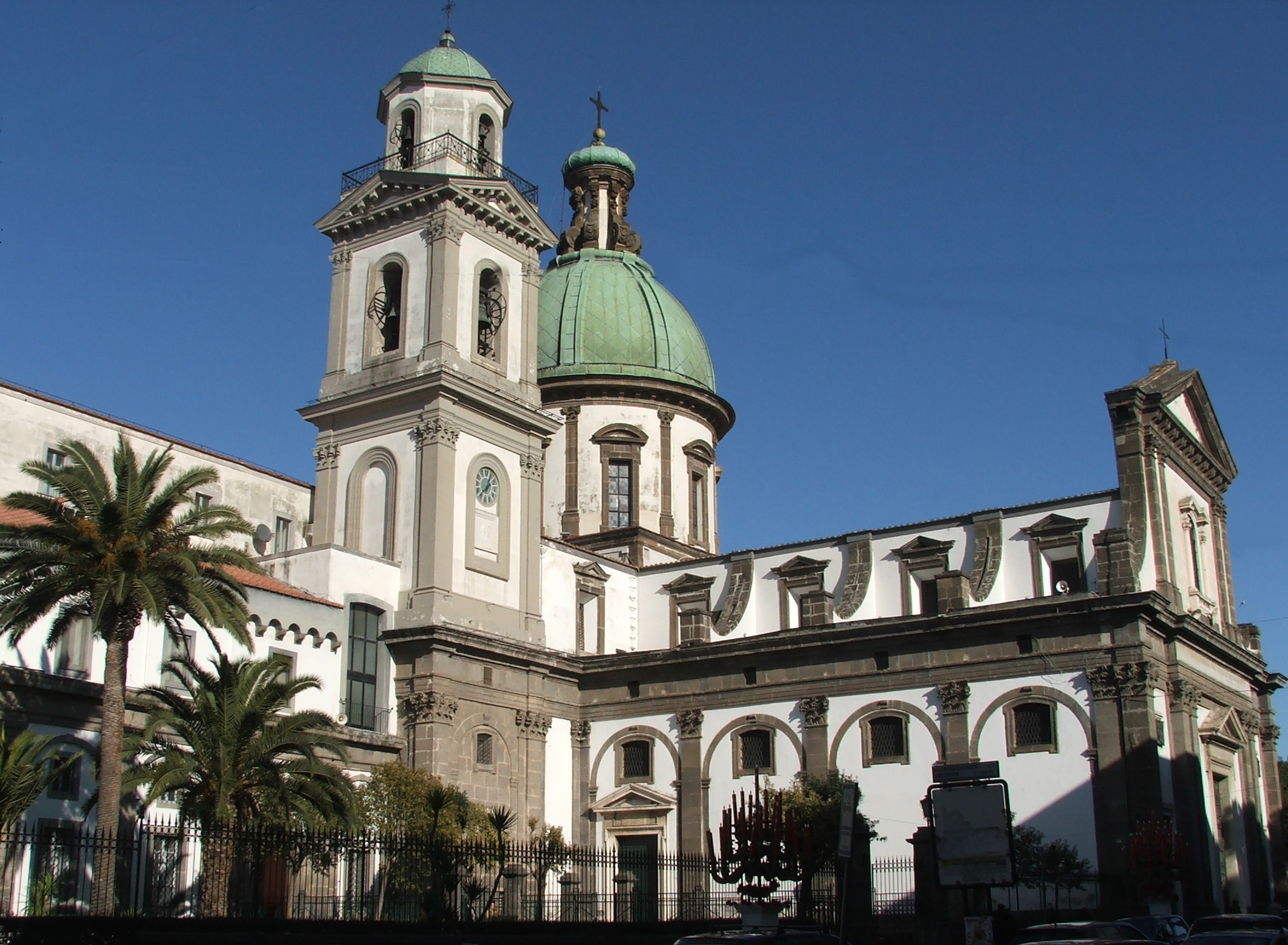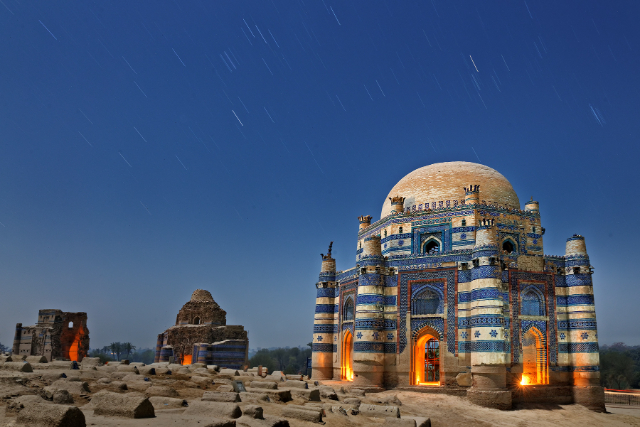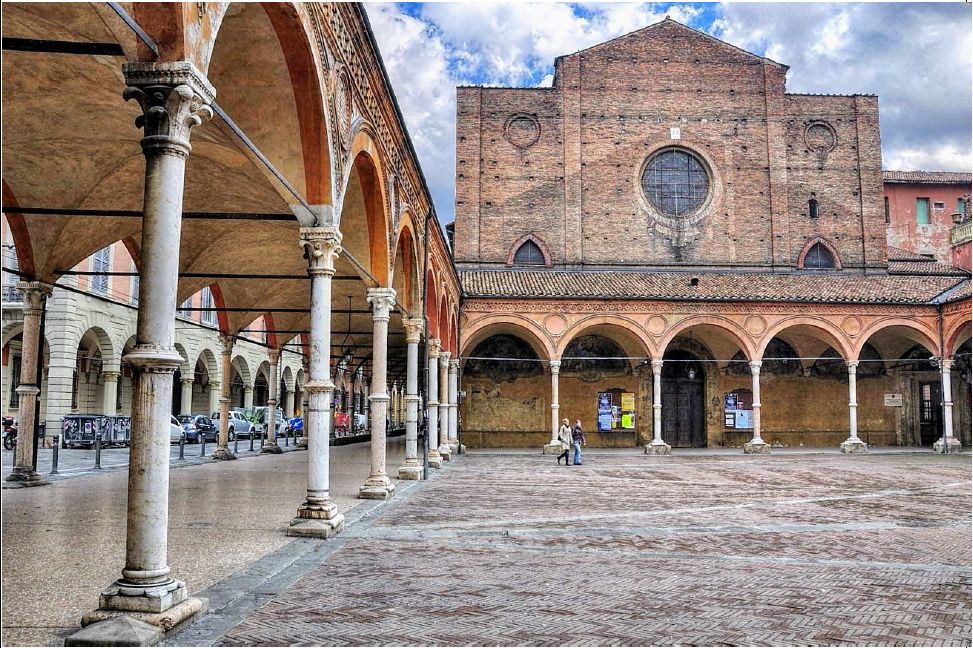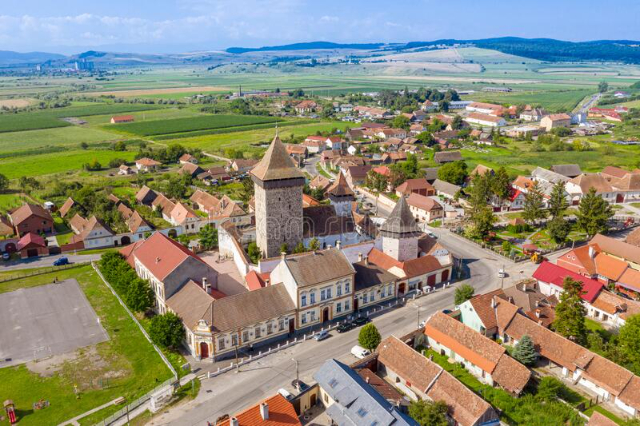Gandan Monastery is a Tibetan-style Buddhist Monastery. Its name means ”the big place of complete joy”. Nowadays, many hundreds of monks live there. It houses a 26,5-metres (87 feet) high statue of Megjid-Janraiseg. Megjid-Janraiseg is a bodhisattva, a sage who leads the men on the way of Truth. He represents compassion.
The fifth Javzandamba, who was the highest lama in the hierarchy of the Mongolian clergy, created this monastery in 1809 under the name of Shar sum (“the yellow monastery”). It was located in the centre of Ulan-Bator. In 1838, it was moved at his current location on Dalkha Hill, and took its current name. Then it became the main religious centre of Tantric Buddhism in Mongolia, and many schools (Buddhism, astrology, medicine) were created as the time went by.
In the 1930s, the communist system of Mongolia, under the insistent pressure of Staline, led to the destruction of more than 900 monasteries and to the slaughter of more than 10.000 Buddhist lamas, but Gandantegchinlen monastery was one of the few monasteries that avoided its own destruction. It was closed in 1938 and five temples of the monastery were destroyed. The other ones were used as places for welcoming the Russian officials or as cowsheds. In 1944, after a petition signed by many lamas, the monastery opened again and was even allowed to work as a Buddhist monastery, but with a small number of lamas and under the strict control of the communists.
The fall of the communist system in 1990 in Mongolia led to the end of the restrictions of cult and allowed the monastery resuming its activity. Gandan Monastery started an ambitious program of restoration of the cult all across the country. Today, there are ten active datsans and temples inside the monastery, where about 900 lamas live.
